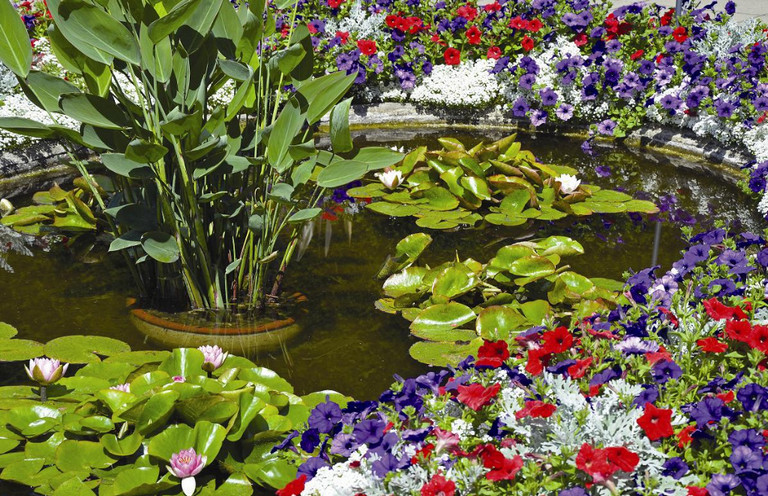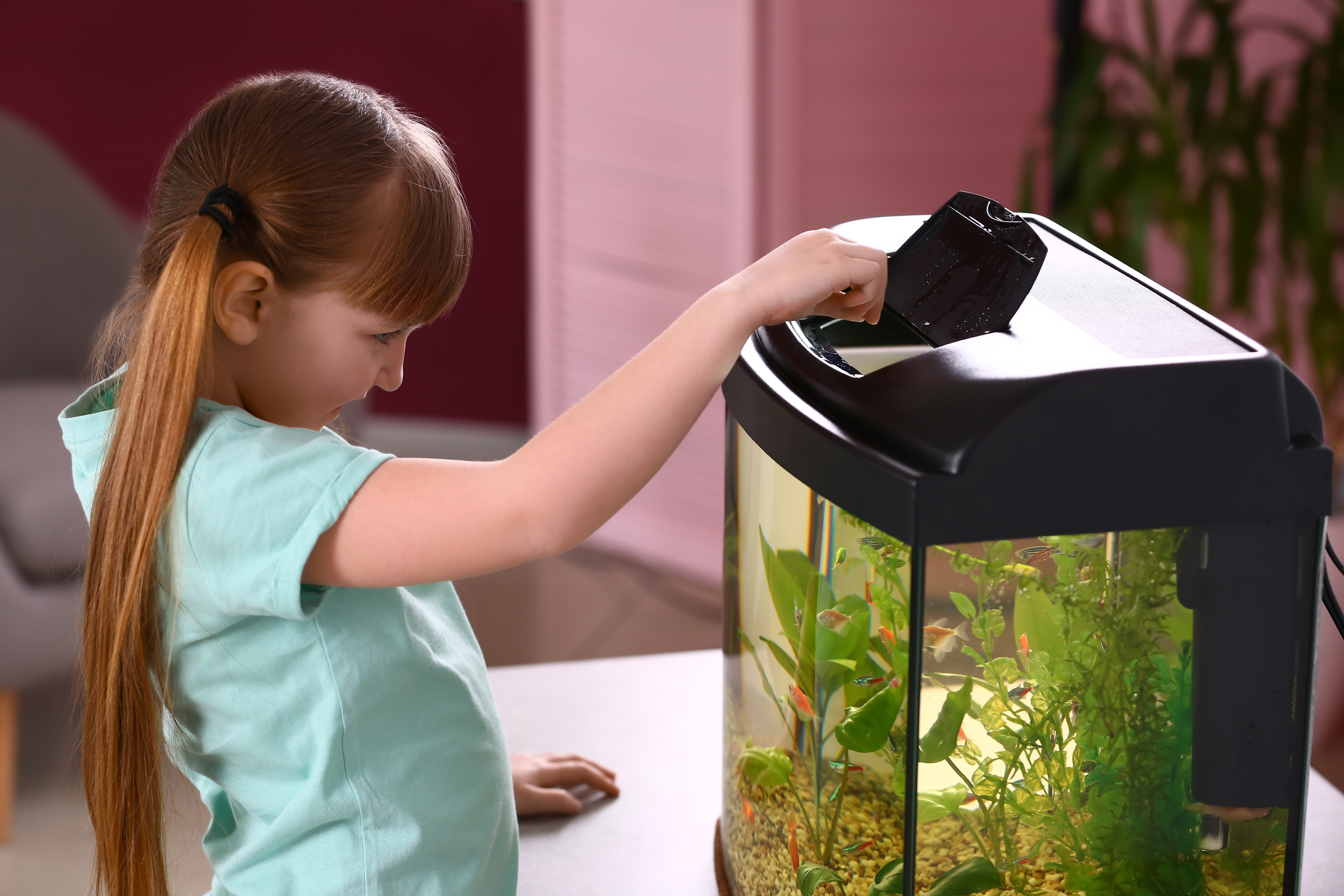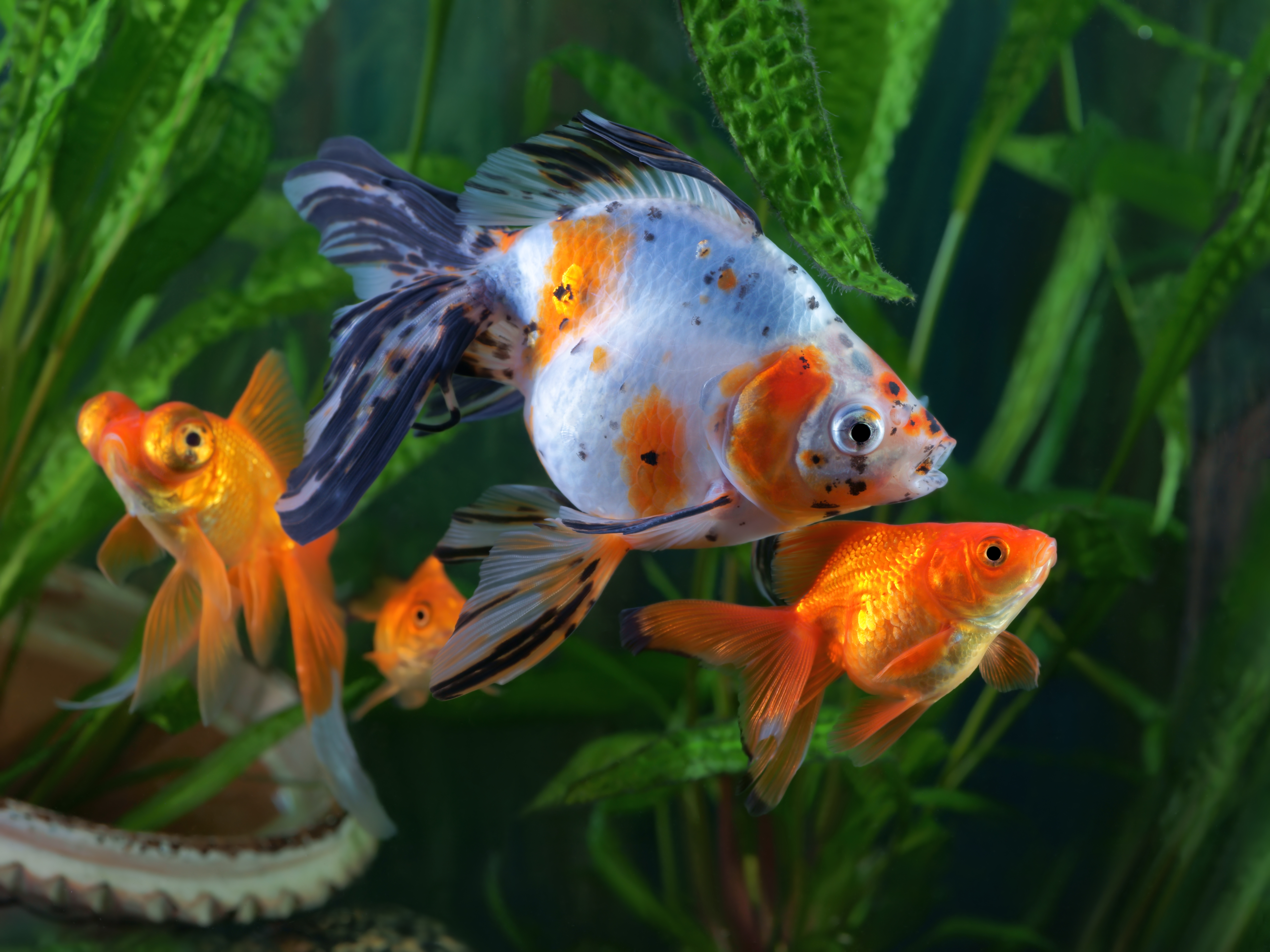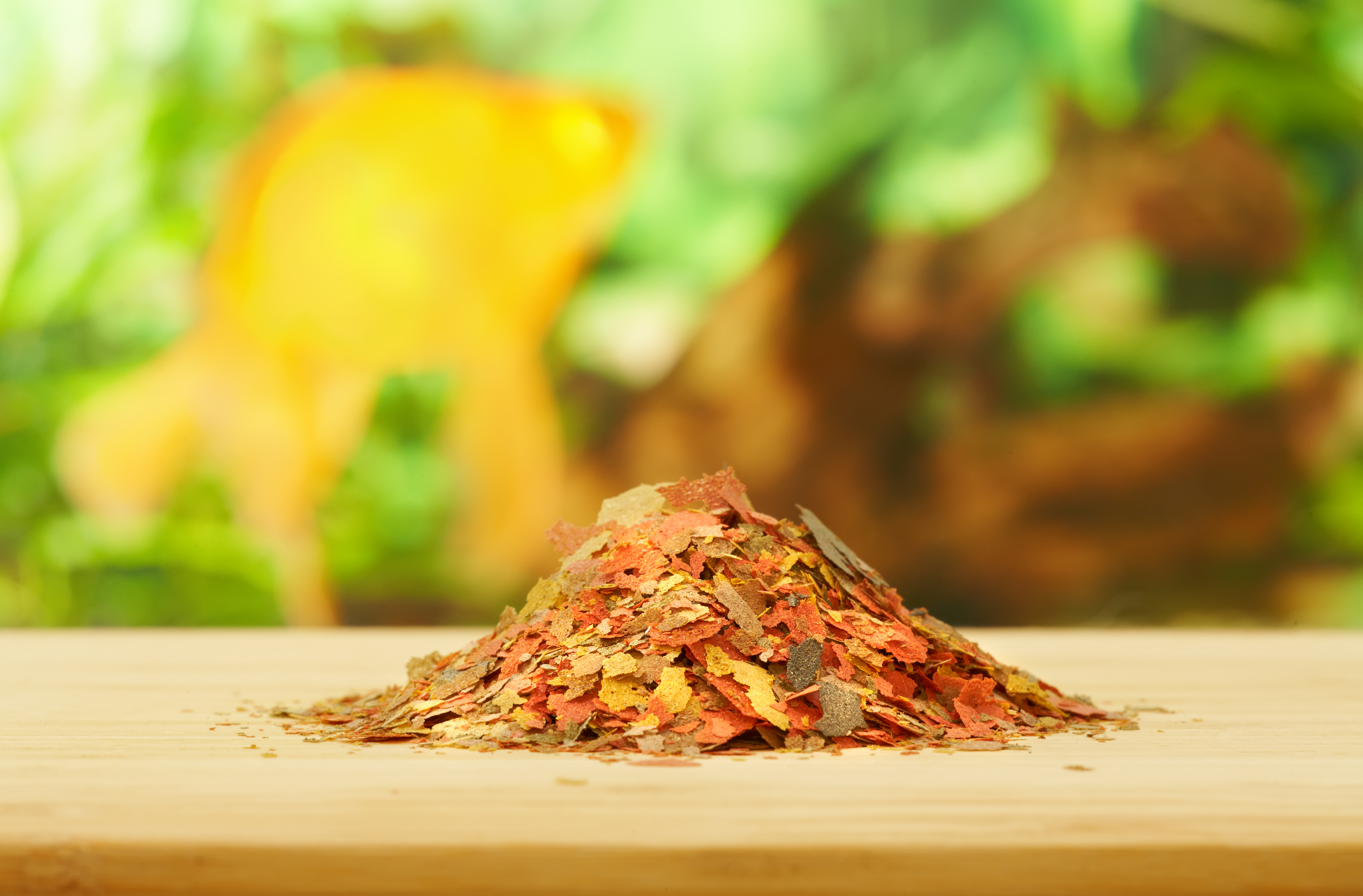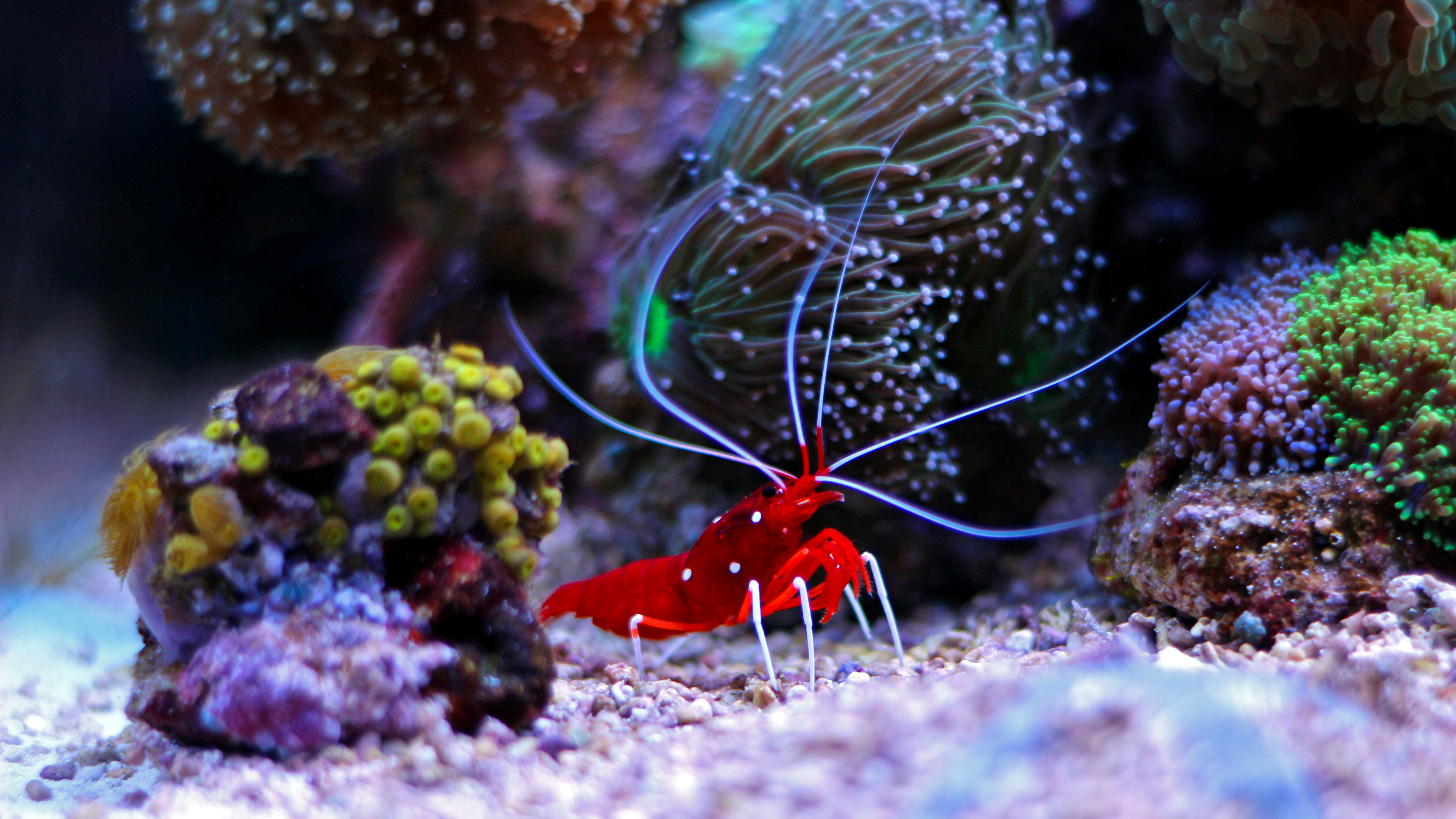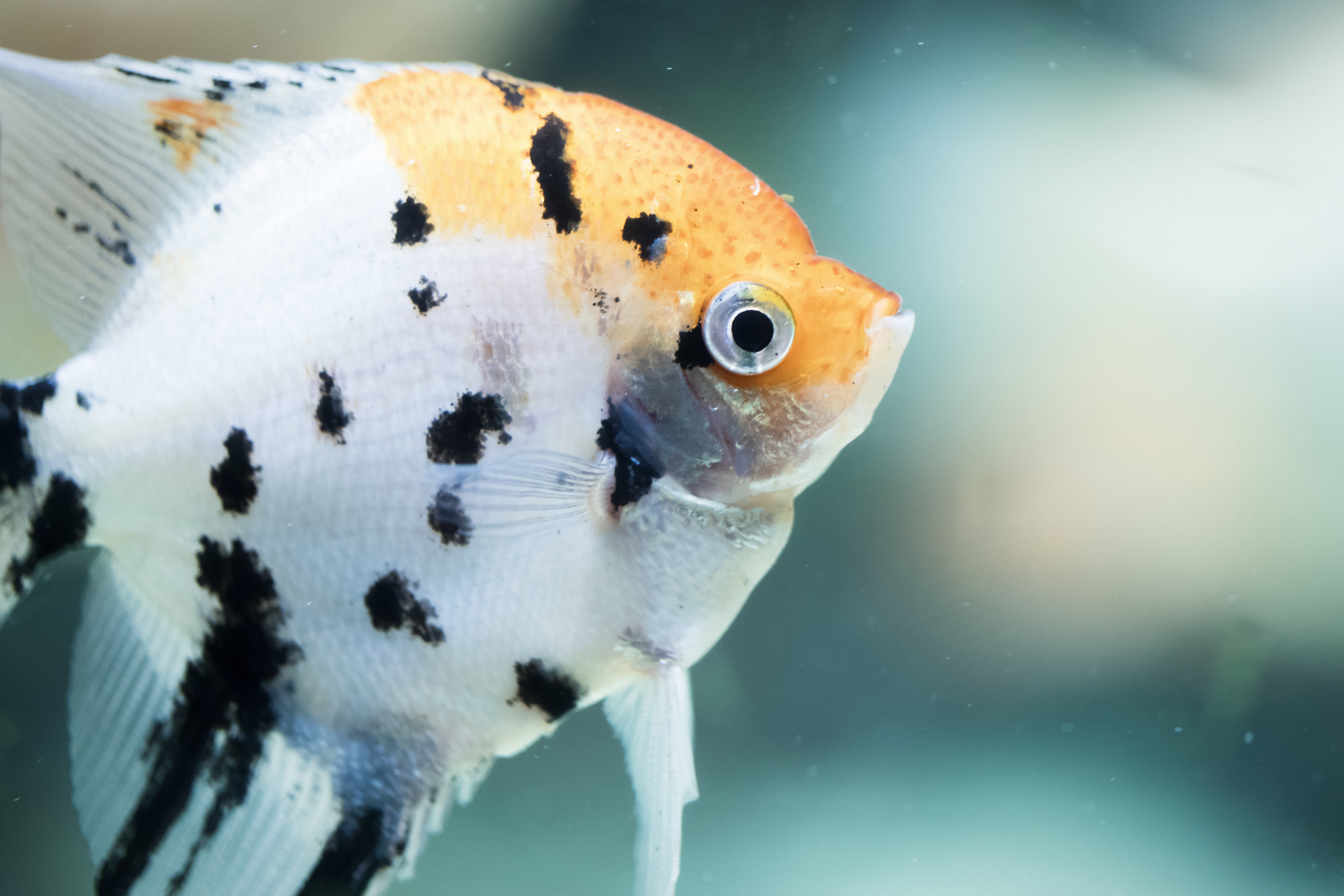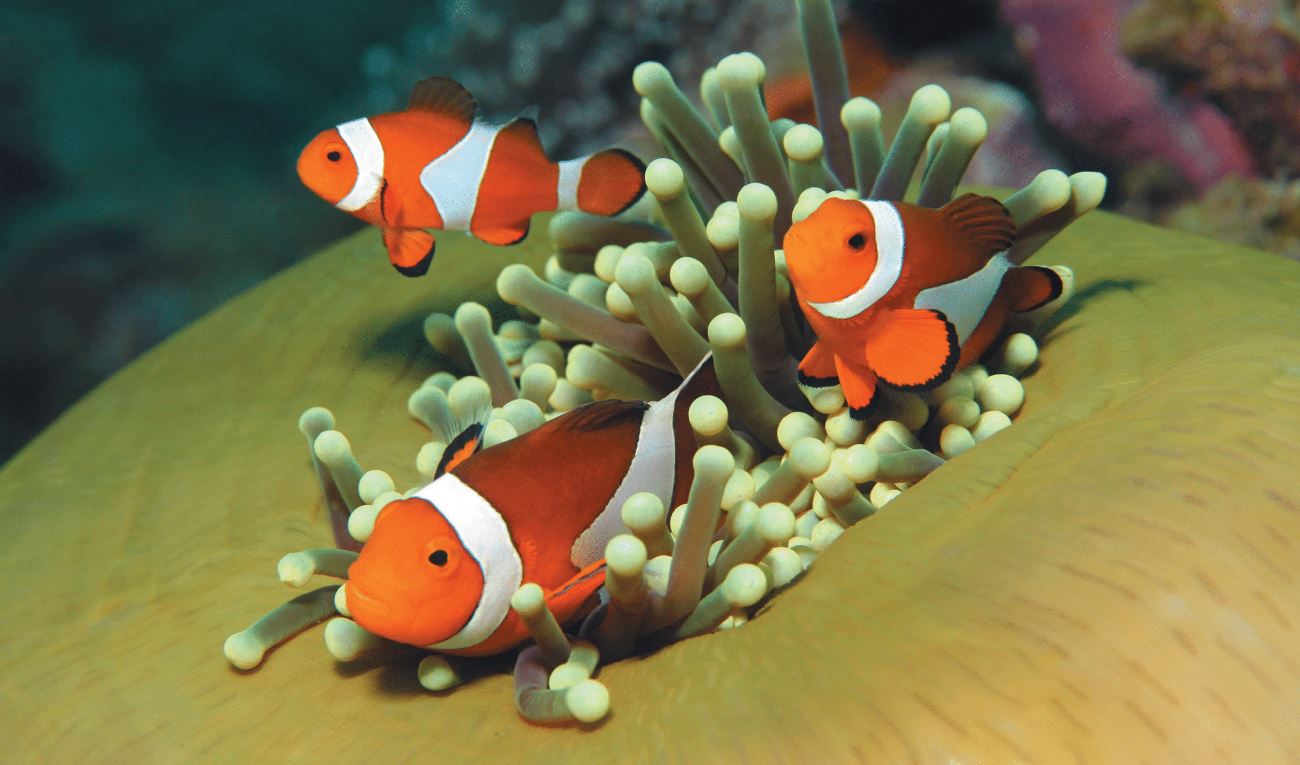Creating a Pond In Bloom
Joe Olenik //May 5, 2014//
It would be hard to imagine a garden pond or water feature without plants.
Aside from their obvious aesthetic value, aquatic plants remove nutrients from the water and shade sunlight, both of which deter nuisance algae blooms. They also produce oxygen, which supports fish and balances pH; they provide spawning sites for fish and cover against predators; and help create a natural, balanced habitat.
Pond plants can be grouped into four categories: oxygenators, water lilies, emergents and floaters. 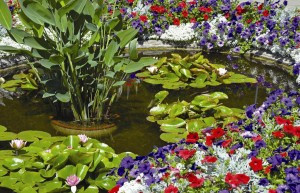
Oxygenators
Oxygenating plants are basically aquarium bunch plants, and can be easily displayed in a regular plant, or tropical fish sales tanks. Examples include: Elodea, also known as Anacharis, Hornwort, Hygrohila, Rotala and Ludwigia, although there are many, many more.
They can be potted in standard aquarium gravel and placed on the bottom of the pond at a depth of no more than 18 inches.
Hornwort can simply be floated at the surface. Like most aquatic plants, they do best in full, all-day sunlight. These plants grow rapidly and greatly enhance the oxygen content of the water, as well as using up algae-causing nitrates and phosphates.
They also provide excellent attachment sites for goldfish and koi eggs at spawning time. Oxygenators should not be put out until the water temperature is at least 60 degrees Fahrenheit.
Lilies
Water lilies are typically grouped into hardies and tropicals. These are further grouped into day bloomers, the most common variety, and night bloomers. Tropical lilies are not practical for northern climates, as the growing season is usually not long enough for them to blossom. Also, they cannot be overwintered outdoors like hardies.
Lilies should be potted in a soil/sand mix and placed on the pond bottom at a depth of 12 to 18 inches in containers ranging in size from 1 to 4 gallons. The floating pads of a healthy lily can create a spread of over 6 feet in diameter, so they should be spaced out in the pond appropriately. The shade produced by lily pads helps cool the pond in hot weather and also helps to prevent nuisance algae blooms.
For maximum growth and flower production, lilies should be fertilized on a regular basis following manufacturers’ directions, using tablets or sticks designed specifically for water lilies.
Night bloomers do just that: The blossoms stay closed by day and open when the sun goes down. Their fragrance is typically much stronger than day bloomers. Lilies come in virtually every imaginable blossom color and the tubers can be divided and repotted each year.
All lilies need is full sunlight to bloom and prosper, and therefore should be housed and sold outdoors. Retailers who do not have permanent outdoor water garden facilities can display lilies outside in rolling tubs and simply bring them in at night to prevent theft or vandalism.
Emergents
Emergent plants grow out of the water at the edge of ponds and lakes, or along river banks, and are mostly used for their aesthetic value in home water gardens. They can be placed with their pots partially submerged on ledges or in shallow water.
There are literally hundreds of choices, but familiar examples include: irises, cattails, marsh marigolds, taros, lotuses, umbrella palms, papyrus, pickerel weed, cardinal flowers, sedges, rushes and many others. Many emergent plants produce beautiful flowers and some develop into small shrubs over time, blending naturally into surrounding landscape features.
Emergent plants should be potted or otherwise containerized, as many, like irises, cattails, sedges and rushes, spread rapidly and will quickly choke out neighboring plants. Retailers operating in northern climates should be sure to separate and identify tropicals from hardy plants, as tropicals will need to be brought in during winter months.
Like lilies, these plants need strong full-day sun and should be displayed outdoors. They can be housed in shallow troughs with just enough water to keep their feet wet and brought into the shop at night, as described above for water lilies.
Floating Plants
Water lettuce and hyacinth are the best-known floating pond plants, but bog bean, parrotfeather, floating heart, Salvinia and Azolla are also popular. Floating plants help keep water crystal clear by trapping floating debris in their hanging roots. Their rapid growth also removes nutrients from the water and provides shade, both of which help control nuisance algae. Hyacinth produces beautiful azure blossoms when kept in full sun, bog bean has a white flower, and floating heart produces a golden yellow bloom.
Water hyacinth and lettuce are not legal in many southern states, so always check local regulations before offering these plants for sale. When kept under strong artificial lighting, most floating plants thrive indoors, making them an easy seasonal addition to your plant inventory.
